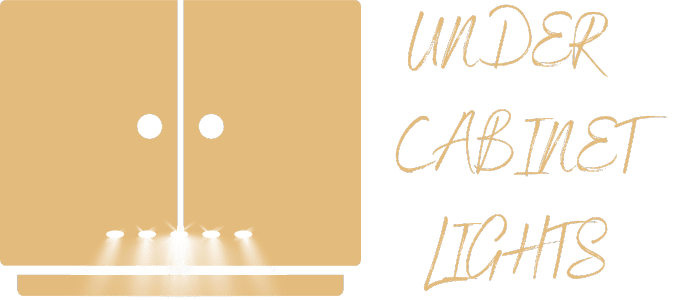As a proud owner of shelves, I understand the importance of protecting my investment. It’s the perfect juxtaposition of practicality and style, providing both functionality and a sense of belonging in my space. That’s why I want to share some valuable tips for ensuring the longevity of your shelves. From proper installation to regular cleaning and dusting, these simple steps can make a significant difference in preserving the beauty and durability of your shelves. We’ll also explore the importance of avoiding overloading and using protective measures, as well as addressing any damage promptly. So, let’s dive in and discover how we can keep our shelves looking their best for years to come.
Proper Installation
Installing shelves correctly is crucial for their long-lasting performance. To ensure shelf stability and proper anchoring, there are a few key steps to follow. First, it is important to choose the right type of shelves for your needs. Consider the weight and size of the items you plan to store. Next, locate the studs in the wall to provide a secure anchor point. Use a stud finder or tap the wall to listen for a solid sound. Once you have identified the studs, mark their locations and use them as reference points for installing the brackets or supports. Make sure to use appropriate hardware, such as screws or anchors, to secure the brackets to the wall. Finally, double-check the levelness of the shelves to ensure they are properly installed. By taking these steps, you can ensure the long-lasting stability of your shelves and create a sense of belonging in your space.
Regular Cleaning and Dusting
To maintain the longevity of your shelves, regular cleaning and dusting is essential. Not only does it keep your shelves looking clean and presentable, but it also helps prevent the buildup of dirt and dust that can cause damage over time. Here are some cleaning techniques and dust prevention methods to help you keep your shelves in top condition:
-
Use a microfiber cloth or a soft-bristled brush to gently wipe down the shelves. Avoid using harsh chemicals or abrasive materials that can scratch the surface.
-
Vacuum the shelves regularly to remove any loose dust particles. This is especially important for shelves with intricate designs or hard-to-reach corners.
-
Consider using shelf liners or covers to protect the surface from spills and stains. These can be easily removed and cleaned if necessary.
-
Keep the surrounding area clean and free from dust. Regularly dusting the room and using air purifiers can help reduce the amount of dust that settles on your shelves.
Avoid Overloading
An important step in protecting your investment is to avoid overloading your shelves. Overloading can lead to structural damage, decreased shelf life, and potential safety hazards. To prevent this, it’s crucial to practice preventive maintenance and ensure proper weight distribution on your shelves.
Regularly inspect your shelves for signs of wear and tear, such as sagging or bent supports. Address any issues immediately to avoid further damage. Additionally, follow the weight limits recommended by the manufacturer. Distribute the weight evenly across the shelves, placing heavier items on the lower levels and lighter items on the upper levels.
Use Protective Measures
Using protective measures is essential for ensuring the longevity of your shelves. When it comes to protecting your investment, consider the following tips:
-
Apply protective coatings: Adding a protective coating, such as varnish or paint, can help shield your shelves from scratches, moisture, and UV damage. This not only preserves their appearance but also extends their lifespan.
-
Use shelf liners: Placing shelf liners, such as adhesive or non-adhesive mats, can prevent items from slipping and sliding, reducing the risk of accidental damage. Additionally, liners also protect the shelves from spills and stains, making cleaning easier.
-
Avoid direct sunlight: Excessive exposure to sunlight can fade and damage your shelves over time. Position them away from windows or use curtains or blinds to block harsh rays.
-
Handle with care: When placing or removing items from your shelves, be gentle to avoid unnecessary wear and tear. This simple practice can go a long way in maintaining the integrity of your shelves.
Addressing Any Damage Promptly
When damage occurs, promptly address it to prevent further deterioration of your shelves. Whether it’s a scratch or water damage, taking immediate action is crucial to ensuring the longevity of your investment. Repairing scratches can be as simple as using a wood filler and sanding it down to match the surrounding surface. For preventing water damage, it is important to identify the source and fix any leaks or plumbing issues. Additionally, applying a waterproof sealant or paint can provide an extra layer of protection. Remember, addressing damage promptly not only maintains the aesthetic appeal of your shelves, but also preserves their structural integrity, allowing you to enjoy their presence in your home for years to come.
| Damage Type | Preventive Measures |
|---|---|
| Scratches | – Use wood filler and sand the area. – Apply a matching finish. – Regularly clean and dust shelves. |
| Water Damage | – Fix any leaks or plumbing issues. – Apply a waterproof sealant or paint. – Keep shelves away from moisture-prone areas. |
Conclusion
In conclusion, by following these tips for long-lasting shelves, you can protect your investment and ensure their durability for years to come. Proper installation, regular cleaning, avoiding overloading, using protective measures, and addressing any damage promptly are key to maintaining the quality and functionality of your shelves. With a little care and attention, your shelves will continue to serve their purpose and enhance the organization and aesthetics of your space.
